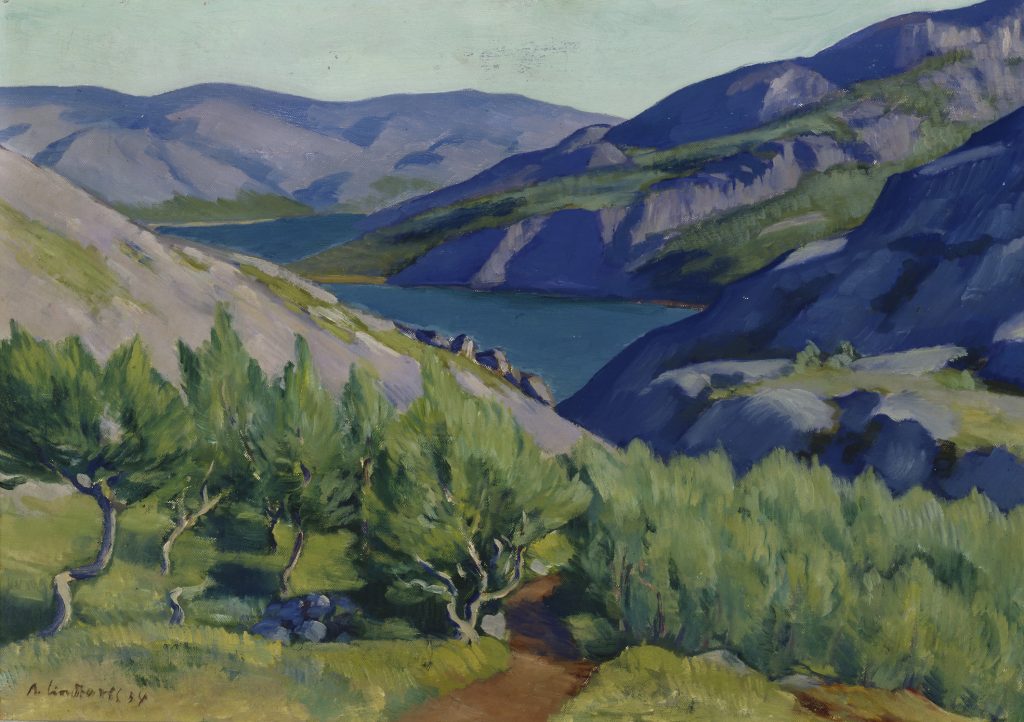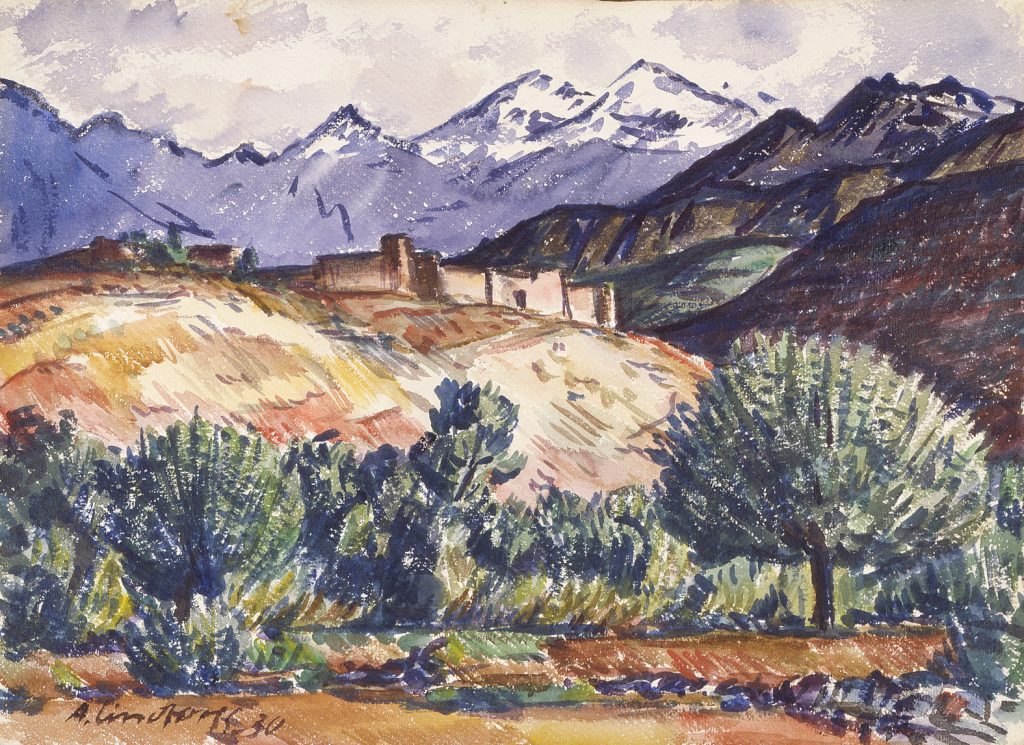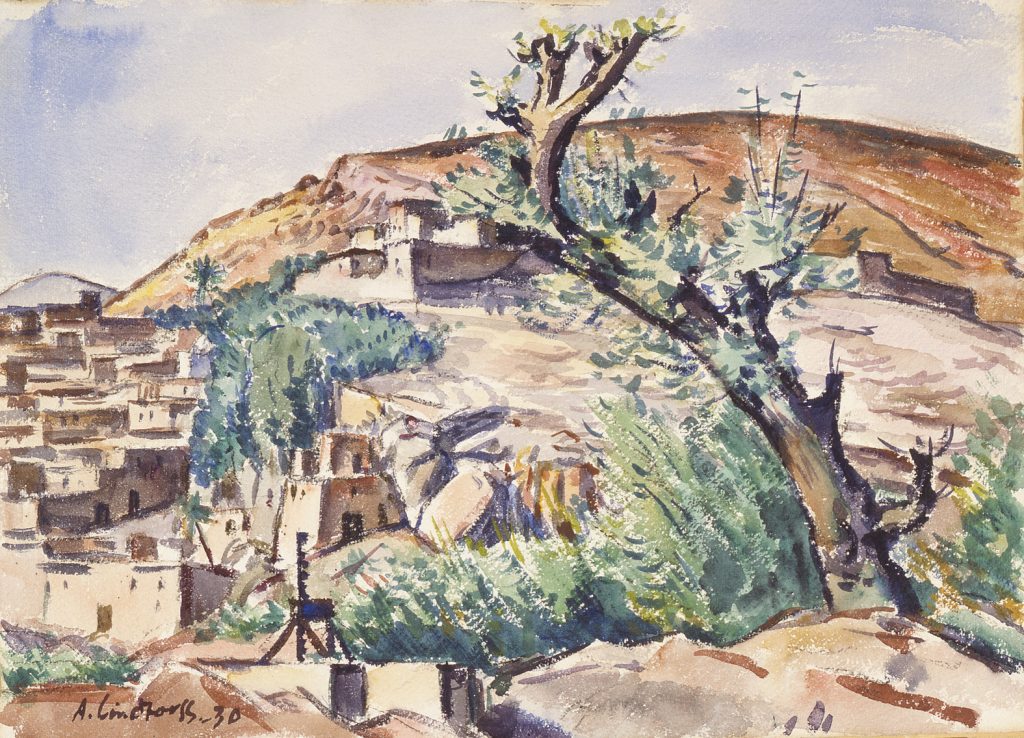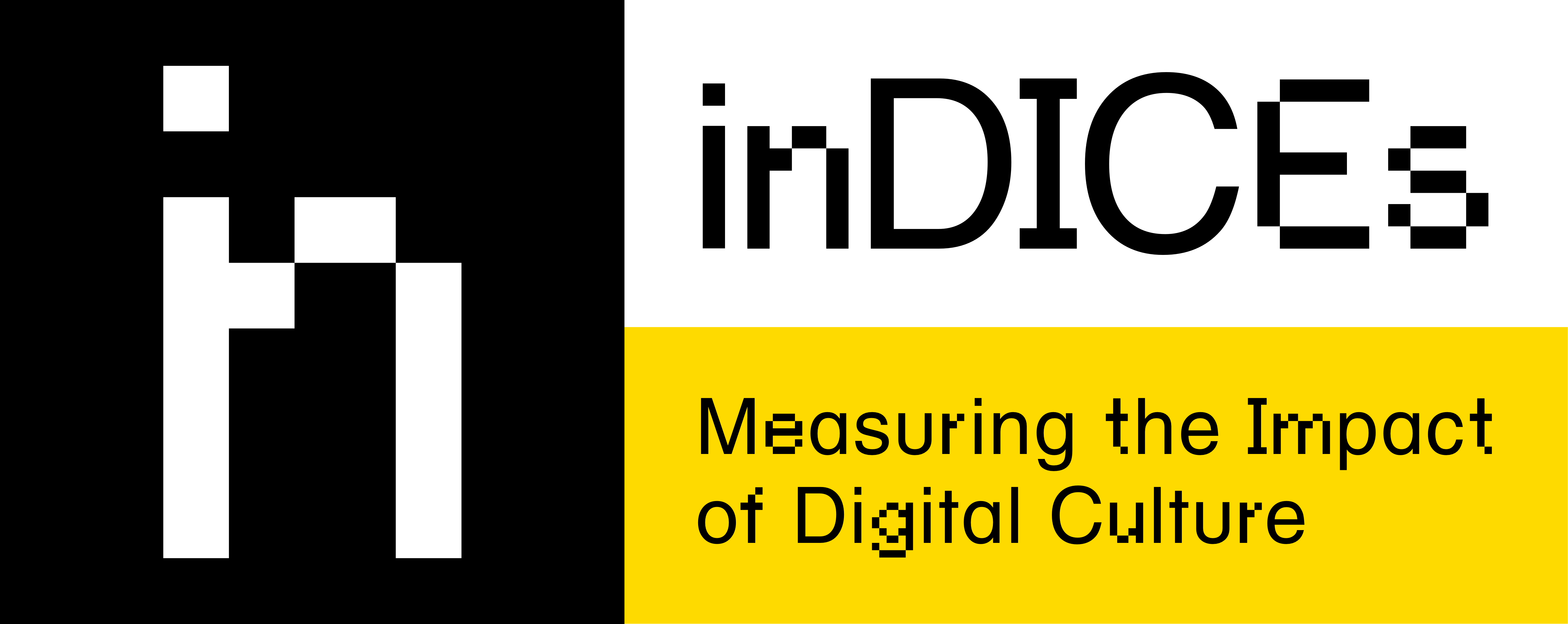On the 20th of April, inDICEs project invited cultural heritage professionals, policymakers and researchers to take part in a focus group session to guide our work for the creation of the inDICEs Open Observatory. Together we discussed and collected insights on frameworks, trends, best practices and new business models that can enhance the circulation and creative use of cultural heritage. Specifically, we aimed to gather contributions on how our methodology for monitoring and analysing trends in the digital domain could help these professions to better understand and measure the socioeconomic impact of access to cultural heritage.
During the session, we introduced the inDICEs Open Observatory and broke into smaller groups to discuss the specific needs of cultural heritage professionals, policymakers and researchers, related both to the data they would like to access, and to the trends that they would like to investigate in relation to the digitisation and digital transformation aspects in the cultural heritage sector. In total, 23 participants across 8 European countries took part in the discussions. Below we discuss the main insights from each group.

Cultural Heritage Practitioners
Seven participants coming from Romania, Greece and Ireland took part in the focus group for cultural heritage professionals. They represented museums, a broadcaster archive and a national aggregator for Europeana.
We identified three fields of investigation that are of interest to these professionals. Firstly, the focus is on understanding users – their expectations, what they want to do with digital collections and how they want to engage with them. Having this knowledge would help organisations to adjust their digital outreach activities and have a better reach and thus greater impact on their target communities. Secondly, there is a great interest in better understanding online platforms and digital trends – how and why certain content goes viral, what skills are needed to produce successful content, and in what format it should be presented to appeal to different target groups. One participant highlighted that especially during the pandemic, they found themselves competing with professional content producers who are much more experienced in attracting audience attention. Thirdly, participants reflected on the fact that working with a deficit of (human) resources is, unfortunately, a modus operandi for many organisations in the sector, and switching to a fully digital way of working during the last year had put a further strain on this. There is a great demand for practical resources that support organisations through their digital transformation targeted for their specific context (type of organisation, target audiences, etc.)
The participants identified various types of data that could boost their organisations. Currently, heritage professionals focus on collecting data about the traffic on their social media networks and websites. More detailed quantitative data about the impact of their onsite and online activities is essential when advocating for funding. Equally, qualitative data such as use cases can guide organisations in adjusting their strategies to better meet the expectations of their audiences. Also, participants want to be able to compare their performance with other heritage organisations and understand why one organisation might be more successful than the other. Most importantly, all participating professionals expressed a high interest in using metrics and standards to measure the digital maturity of their organisations. Once you have a clear understanding of your competencies as well as weak points, you can learn how to adjust your resource allocation, capacity building, digitisation and outreach activities.
When asked about collaboration and interaction with other sectors, participants stressed strong existing links with the education sector (secondary and grammar schools as well as higher education). This seems to be the most fruitful and impactful area of collaboration that organisations want to further enhance through their digital strategies. The tourism sector also seems of high interest but the participating professionals did not have experience of such collaborations in their organisations.
Finally, we discussed the expectations of participants on the inDICEs Open Observatory. The participants stressed the importance of an easy way to access and search for data and resources. Also, there is a clear focus on quality research more than quantity that helps to keep professionals informed of trends in the broad cultural heritage space.
Researchers
In the session open to researchers and artists interested in using the inDICEs Open Observatory for cultural analysis, we had ten people attending coming from Spain, Romania, the Netherlands and Italy. The background of the participants was mainly composed of two main areas: researchers from universities and public institutions and artists who collaborate in projects in which research on cultural practices is central.
Within these two areas of activity it has been possible to identify three fields of study: the study of cultural audiences and their attitudes, the impact of the digitalisation of culture and the specificities of the digital cultural heritage compared to the traditional one, and the impact that digital culture can have on citizens, institutions and sectors of the cultural industry.
Regarding the data used by this group of participants and their specific needs, two specificities emerged: the harmonisation of different datasets and data sources in a single platform and the impossibility of having granular data regarding small cultural realities or photographs of digital culture regarding a single sector or country. For this reason, generally the researchers questioned said they use a diversity of datasets and sources for the purpose of implementing their research designs. For example, the following were cited: Eurostat, EU open consultations, Culturaldata.ro, Egmus, Enumerate surveys, and own data, collected through interviews, traditional surveys and digital methods (web mapping).Finally, regarding the expectations on the platform and the inDICEs project, these can be summarised in three requests made by the group of participants. Firstly, accessibility and transparency with respect to datasets and collection processes that must truly reflect open data protocols. Secondly, access to tools to analyse these data so that they can be pre-processed by the visualisation platform itself (they pointed out the different background of the researchers as possible users: data need to be displayed on three different levels: raw/box-plots and graphs or Visual Analytics Dashboard graphic visualization/full report). Thirdly, granularity and horizontality of data such as to allow comparison on various national and regional levels and between cities and cultural institutions.

Policy Makers
In the focus group open to policy makers interested in using the indices platform for cultural analysis, we had six people attending coming from Belgium, Greece, Italy, France and The Netherlands. The participants were from the European Commission (DG Connect, DG Research), Culture and Communication Ministries and umbrella organisations (Culture Action Europe and Europa Nostra).
Policy makers identified five different fields of study that are currently researching: benchmark indicators on digital transformation with other countries; culture and its impact in non-urban/rural areas; CH/CCIs impact on innovation and economic development; CH/CCIs impacts on social cohesion and wellbeing; and environmental and ecological impact of digital transition, in terms of use of knowledge from the cultural sector to shape the digital and green transitions in a human-friendly way. Investigating these topics means identifying knowledge gaps that need to be filled with future R&I actions.
Two main types of missing data were identified. For what concerns the form, reliable, complete and updated data on long term trends, across countries. In regards to the content, technical information about criteria and what is already available for the digital transition; what is going on among citizens; and what is the current state of all the various cultural institutions that have been through the digital transition in the last years. The lack of these data makes it difficult to answer two main questions: how to foster capacity building / be able to replicate successful examples and how to create an integrated system between the various cultural institutions that have been through the digital transition.

Currently, policy makers use the following data sources and platforms: Eurostat; European Investment Fund, Compendium on Cultural Policies, Creative Europe Desks (reports, where applicable), and EC funded projects (reports, deliverables). In doing their research, policy makers often interact also with other sectors other than the cultural heritage. In particular, the participants to the focus group mentioned the cultural and creative industries, and other industrial sectors; the sustainability sphere; the health sector, in terms of visualisation of data related to the Covid situation; the social and health sectors, in terms of wellbeing; education; tourism; the agricultural and food sector; the aerospace sector (data sets for European Remote Sensing and other sets through the EU’s Copernicus programme [see Space for Cultural Heritage Workshop); and humanities and cultural heritage European research infrastructures (eg. Clarin, Dariah, E-RIHS, EHRI).
Finally, policy makers expect the inDICEs platform to provide easy accessible, updated and reliable data available through regular reports with visualised data & widgets. In particular, they expect a graph of linked updated, trustworthy data sources and training resources for users about how to use data to tell stories.



